
I still believe art has the same mission as decades ago
An interview with Frank Demaegd, founder of Zeno X Gallery
Zeno X Gallery – a well-known gallery in the contemporary art world even without having numerous branches in different metropolises – was founded in 1981 and is still based exclusively in its original birthplace of Antwerp. Although it is known as an institution that (alongside sculpture, photography, film and performance) posits painting as one of its distinct focal points (the gallery represents artists such as Luc Tuymans, Marlene Dumas, Michaël Borremans, etc.), in its early days the gallery’s focus was decidedly on architecture and installations with artists such as John Körmeling, Rem Koolhaas, Anne-Mie Van Kerckhoven, and Patrick Van Caeckenbergh. Today the gallery represents established international artists while also showing the work of younger and upcoming artists. The gallery also represents the estate of Raoul De Keyser and Cristof Yvoré.
This year Zeno X Gallery is celebrating its 40th anniversary with an extensive programme featuring an exhibition dedicated to each decade. 40 Years Zeno X Gallery – the eighties is on show until March 18 and will be followed by the nineties (opening April 2) and the two thousands (opening May 26).
Frank Demaegd. Photo: Dirk Braeckman
40 years have passed since Zeno X Gallery came to be, and a lot seems to have changed since then. What do you think – how has the art scene changed during this time? How has your view on art and its purpose changed (or not changed)? How has the mission of art changed? And lastly, how has the relationship between the artist and the gallerist changed, as well as the relationship between the collector and the gallerist?
The speed of the art world has changed a lot. We used to send an ektachrome, or slide, of an artwork to the United Stated and then had to wait weeks to learn if the collector wanted to acquire the work or not. Nowadays we send out a digital preview and collectors can decide within seconds, if they wish. The globalization of the art world is immensely interesting. Prices have also gone up tremendously, sometimes very high in comparison to the Old Masters. The power of certain galleries has also increased in relation to the power of public institutions and museums. Biennials and museums often don’t have large budgets, so they need to become dependent on financial help from galleries. I still believe that art has the same mission as decades ago – it is just more part of a market.
What has also changed a lot is the way we look at painting. In the eighties, with the modernistic vision of the time, we believed that painting was dead. In retrospect, it is strange how convinced we were of this ideology. In 1988 I showed our first painter, Raoul De Keyser. In the early nineties he was followed by other painters such as Luc Tuymans and Marlene Dumas. Nowadays painting is omnipresent, and this is even more plain to see when you visit an art fair.
View of the exhibition ’40 YEARS Zeno X Gallery: the eighties' / Photo: Peter Cox
“A human catastrophe always results in new thoughts and new practices,” Israeli gallerist Noemi Givon once said in a conversation with Arterritory. How do you see our future world? What is going to be different? How will the institution of “the gallery” transform, and how do you see Zeno X in this future?
I think the digital platforms will become more important, but on the other hand, people still want to see the works in real life. For that reason we decided during the first lockdown to reopen our historical gallery space across from the Museum of Fine Arts in Antwerp – to physically show the works that we were supposed to be showing in the virtual online viewing rooms of art fairs. We felt that people really missed seeing artworks in real life. We also noticed that works by established artists are sold a lot more easily through the internet than works by young upcoming artists. For lesser-known artists, it is very important to experience the artwork in real life and to speak about the work in depth. Collectors dare to buy more established artists online because they have seen the work in real life before.
View of the exhibition ’40 YEARS Zeno X Gallery: the eighties' / Photo: Peter Cox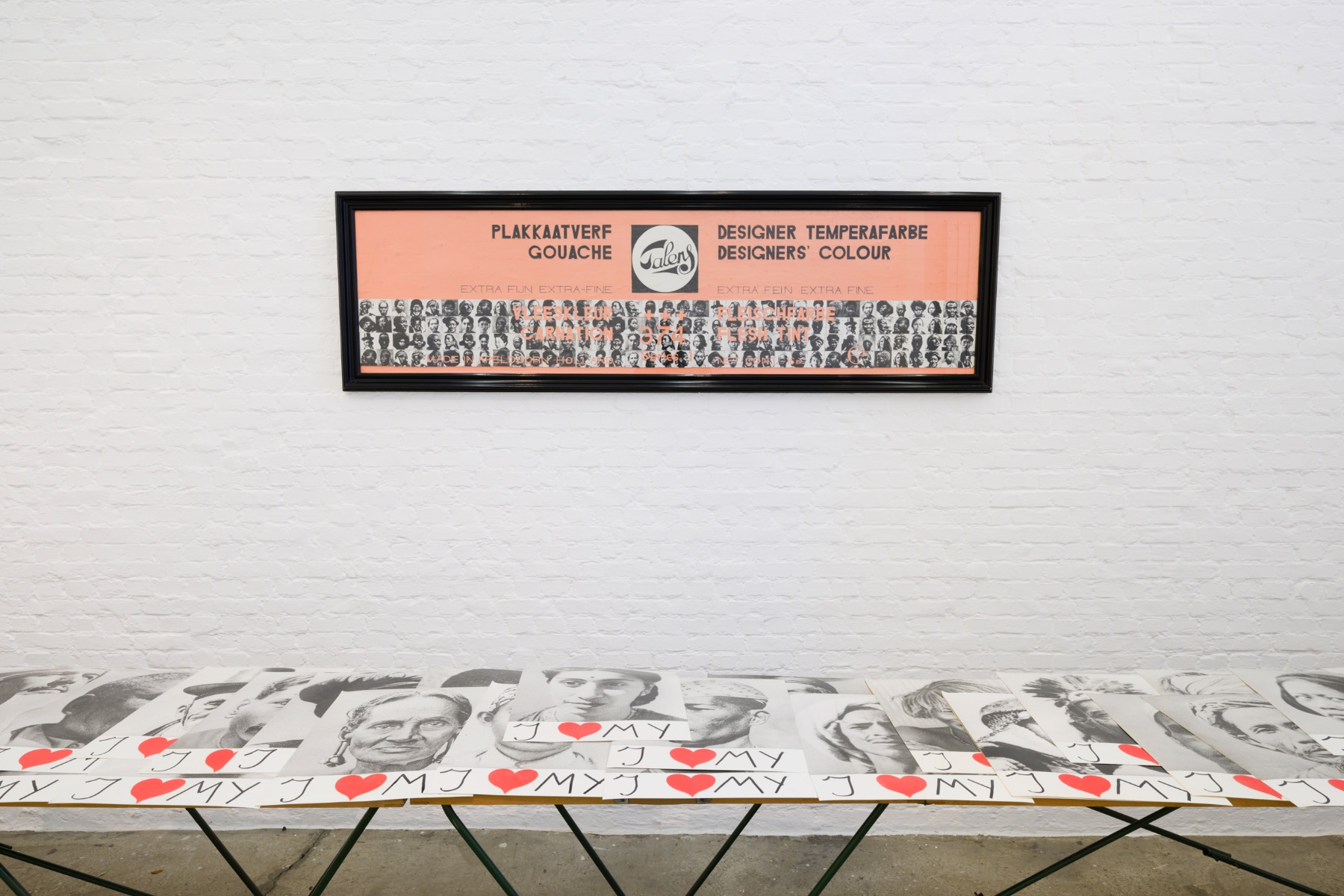
You are a very experienced gallerist. What’s the role of the gallerist today? There is an opinion that a gallery as an institution, in its classic format, will become less important and will be replaced by something else – and also because of the perceived arrogance of the gallery (as an institution) towards outsiders.
Most collectors still see the importance of galleries. The role of the gallery is to bring the artist into a certain context and to help the artists find as much different platforms as possible through which to show their work. It is a relationship that is built on trust, as you are working together intensely. You have to stand behind every decision you have made as well as have the faraway future in mind with every step you take. A gallerist and an artist also exchange ideas, and the gallerist helps the artist with many of the practical aspects.
View of the exhibition ’40 YEARS Zeno X Gallery: the eighties' / Photo: Peter Cox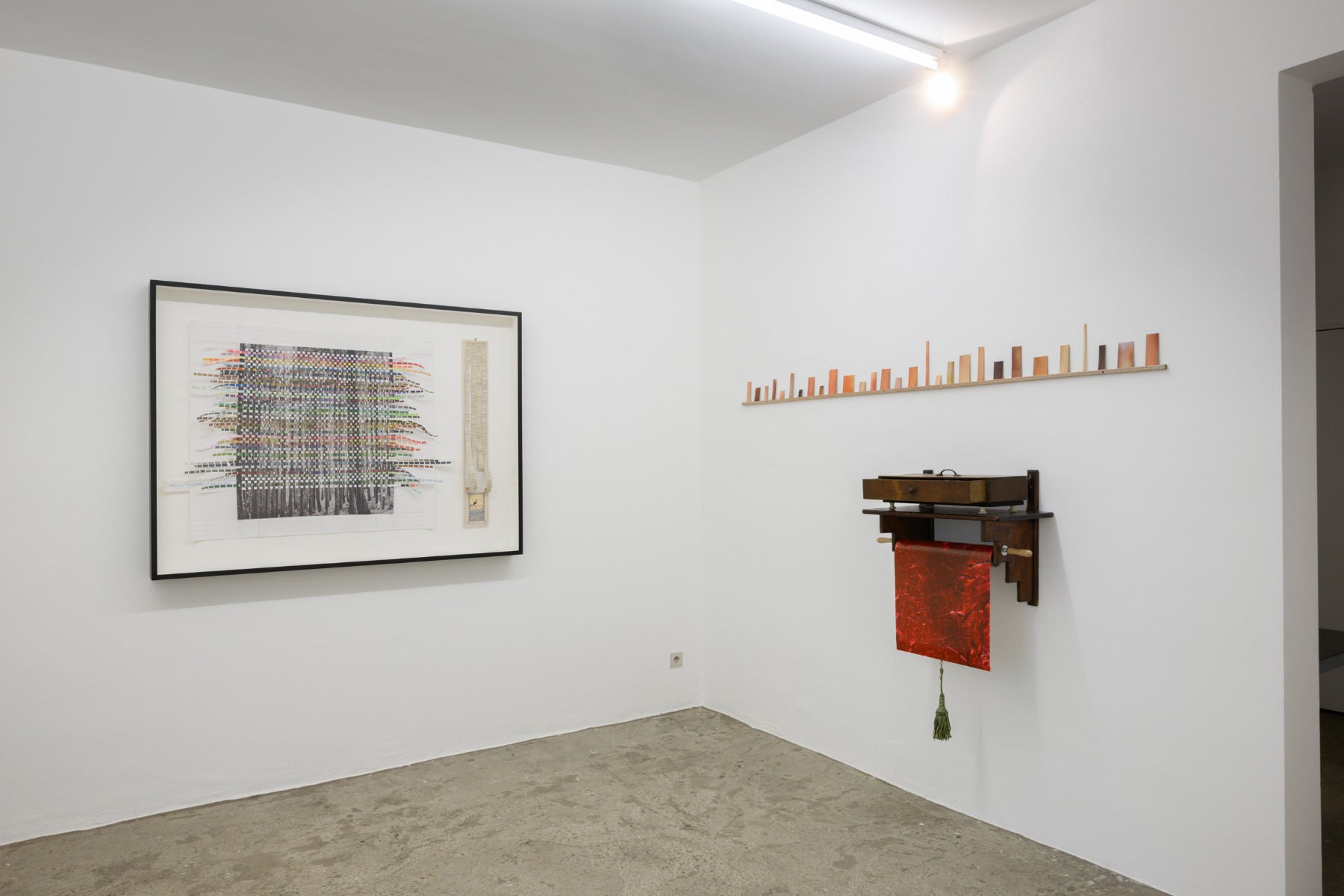
The situation in the current world has actualized the role of art in people’s lives; much has been said about art as a tool for healing and about art’s ability to influence mental processes. Do you believe in the healing power of art?
No, I don’t believe in the healing power of art. I do believe in the fact that art can help you see things from a different perspective – that it can open your mind. Great art is so much more than a beautiful image.
Most people are not tuned towards art. How can we attract them and help them discover this power of art for themselves? How can we teach them to look at art?
First of all, the person must be willing to open up to art. As Louis Armstrong once said: “If you have to ask what jazz is, you’ll never know”. I think it’s the same with art.
View of the exhibition ’40 YEARS Zeno X Gallery: the eighties' / Photo: Peter Cox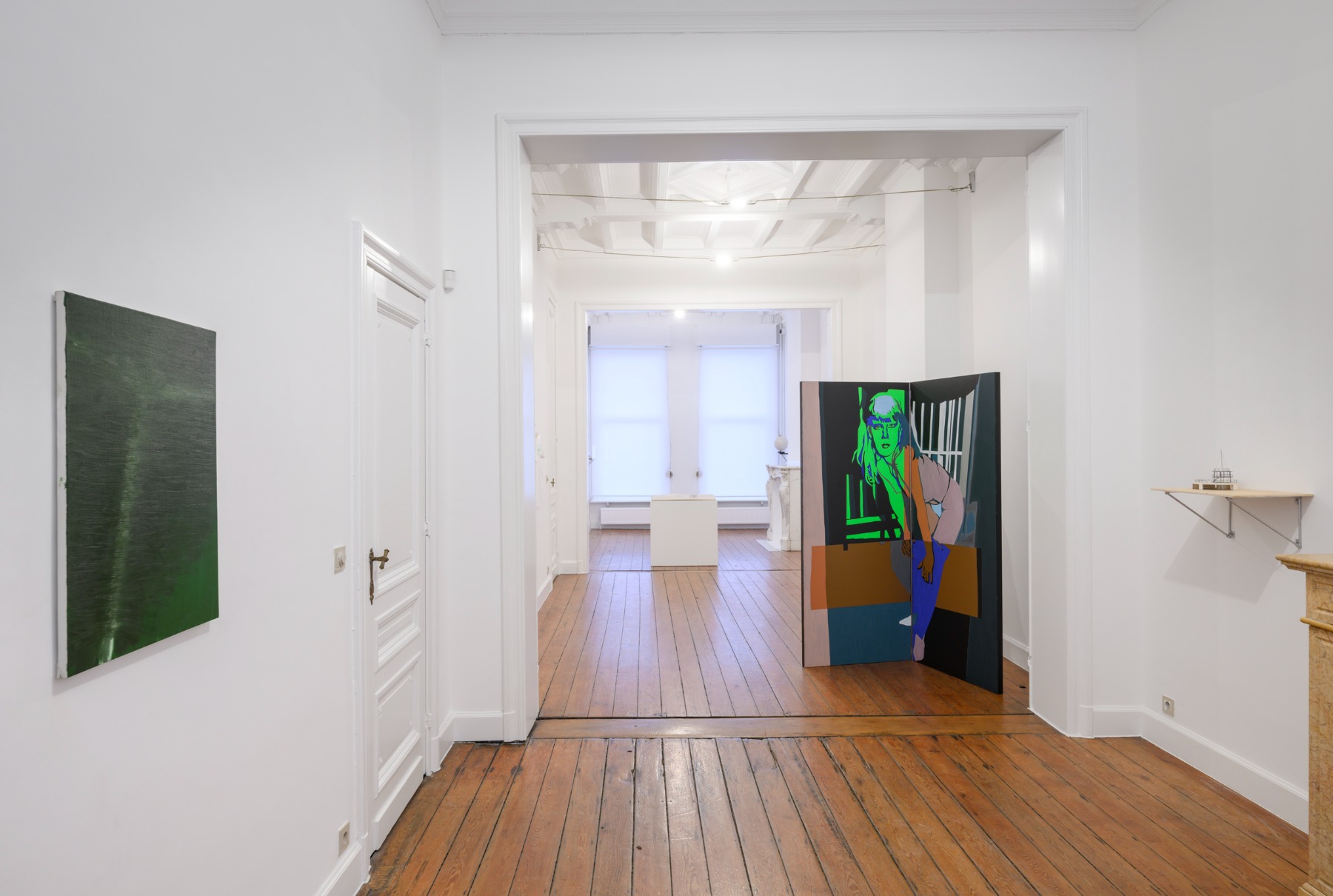
There has always been a very strong presence of painting over the years at Zeno X, despite the never-ending rumors about “the death of painting”. Why are you so attached to the medium of painting, and how does painting as a form of expression fit into today’s contemporary art scene? Is it is capable of being present and having a voice in the discourse concerning all of the different critical issues that society is being faced with today?
As I’ve said before, a lot of people don’t know that during the first seven years of the gallery, we didn’t show paintings at all – even though I have always had a great affinity for painting. Good painting to me has to be conceptual, in the first place. It has to be more than just an image. Cristof Yvoré, a French painter who passed away too early, painted flowers even though he had no flowers in his studio. The motif of flowers was just a start with which to make his abstractions. So yes, I believe in painting more than ever, but I also see a lot of bad painting. The danger of painting is that it always looks like art. An artist must look for the right medium in line with the story he/she wants to tell.
View of the exhibition ’40 YEARS Zeno X Gallery: the eighties' / Photo: Peter Cox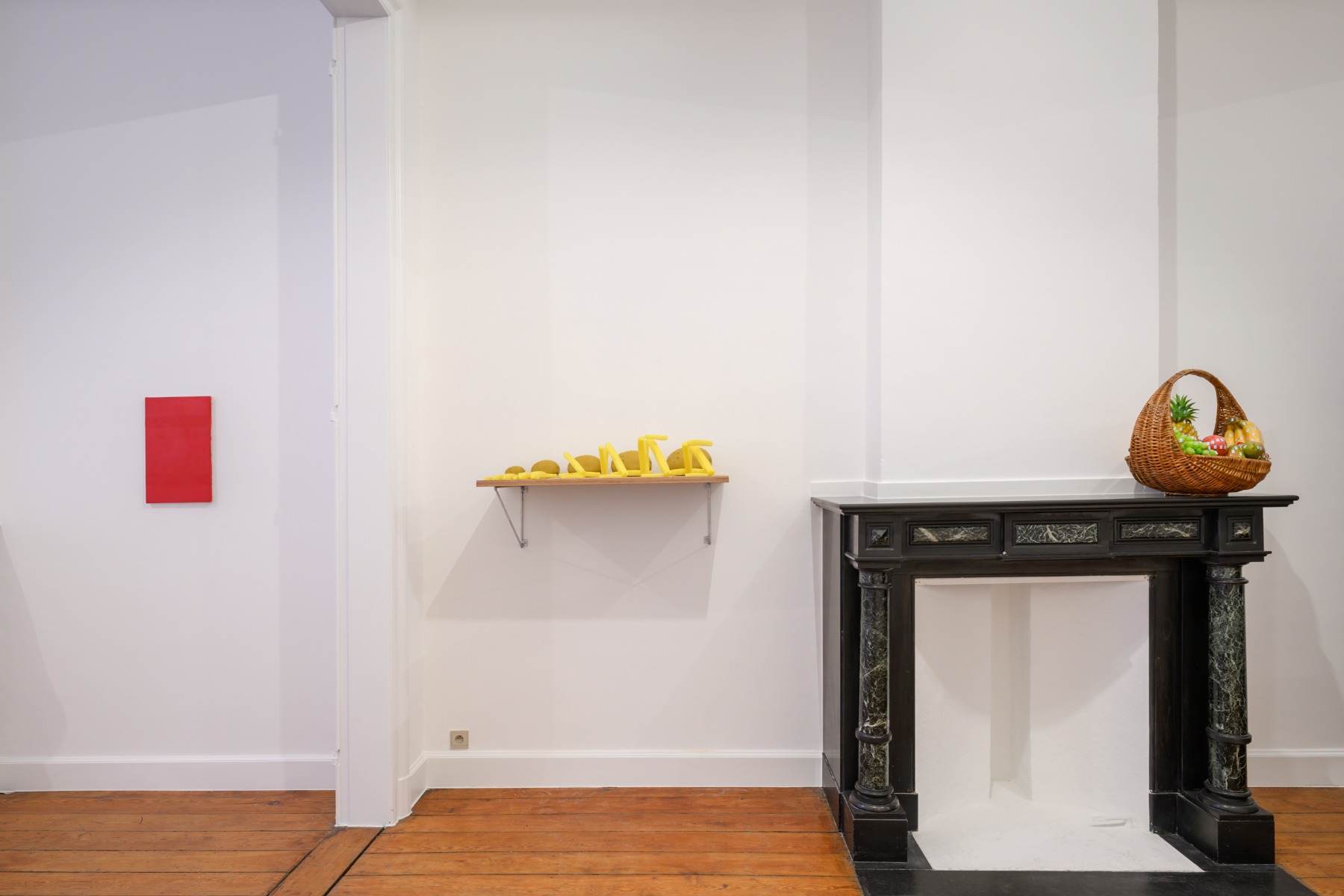
Digital has become a rival to physical space in today’s life. Do you think online events can give as strong of an art experience as an actual physical presence?
No, I don’t think so, at least not if it isn’t made for it.
The metaverse has already become a significant phenomenon in the fashion and real estate fields, and NFT art has also made an impact on the art scene. How seriously do you take these newcomers? Is it possible that some future collectors will feel more comfortable in “the metaverse” than on the ground?
I don’t really believe in NFTs. At this moment, I see it as an investment tool. What is interesting is that the artist will always receive a percentage when a work is sold in the blockchain. In a normal auction, the artist receives only a very small amount of the realized price (in Europe, that is; the artist gets nothing in the US).
What is the role of art in your life? What do you look for in art?
Some art helps me to see things from a different perspective. Some art allows me to look and look at it without it losing any of its mysteriousness.
View of the exhibition ’40 YEARS Zeno X Gallery: the eighties' / Photo: Peter Cox
Zeno X is celebrating its 40th anniversary with an exhibition cycle dedicated to each decade, starting with the 80s, which is on view from February 9. Is there a common message behind them all? Could you give a brief overview of each decade?
As I said before, in the first seven years of the gallery we didn’t show any painting. We started off with Raoul De Keyser in 1988, Luc Tuymans in 1990, and Marlene Dumas in 1991. All of them were invited to participate in the Broken Mirror show by Kasper König and Hans Ulrich Obrist in 1994 – that was great. This show meant a real revival of painting. For the occasion of the 40th birthday of Zeno X Gallery, we will be presenting multiple exhibitions that bring together historical and new works throughout 2022.
View of the exhibition ’40 YEARS Zeno X Gallery: the eighties' / Photo: Peter Cox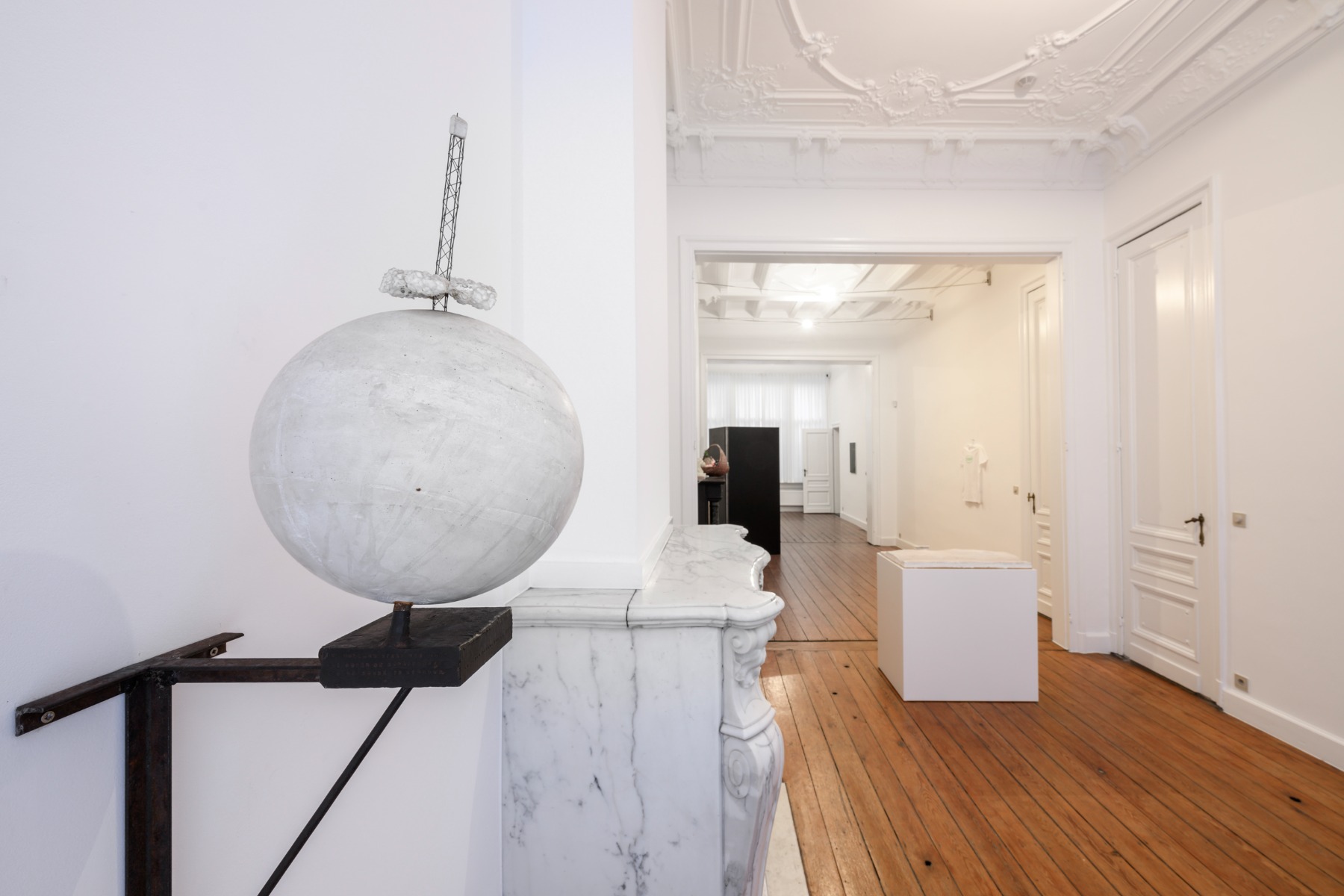
One of the most debated stories in the news – and which Georgina Adams called “an earthquake in a fair landscape” – is Art Basel’s eviction of Fiac from the Grand Palais. Zeno X gallery takes part in both. What is your opinion on the matter – is it for better or for worse? And what does this say about today’s art scene?
It’s difficult to say whether it’s good or bad. It’s what happens in a lot of fields, and in late capitalism in general. Scales become bigger and bigger. In ecological terms, it means impoverishment and becoming more fragile.